During the brunt of the global pandemic in 2020, the luxury industry was significantly impacted, with brands reporting double digit losses across the board. However, one geographical market proved to be a steadfast beacon of growth, even through the most turbulent of times. Chinese market share nearly doubled to 20%; with sustained growth expected to continue through to 2025. Additionally, the resale market for luxury goods in this region – largely an online business – boomed. The question is now, whether upscale (or aspiring) luxury buyers in Asia are ready to buy pre-owned.
With many luxury houses closing boutiques and shifting focus to a more proactive e-commerce strategy, so too did consumers respond with a shift of their own. Online shopping nearly doubled during the pandemic. As a result, revenues stemming from this stream buoyed sales to some extent.
Specific to the Chinese market, online shopping actually contributed to the region’s increase in consumption. With the move to website browsing and WeChat messages, younger tech savvy clients were now more attracted to purchasing from these brands than before. An analysis from Bain & Company points out that Chinese consumers born after 1980 now account for upwards of 60% of all luxury purchases made. Despite demographics changing in this region, the purchasing trends of this group are anything but trendy.
…by 2025 Millennials and Gen Zers will make up 65-70 percent of all buyers [in China]. But this doesn’t mean that they’re all looking for the hottest new thing with a big logo slapped on it
-Ashley Galina Dudarenok, Jingdaily
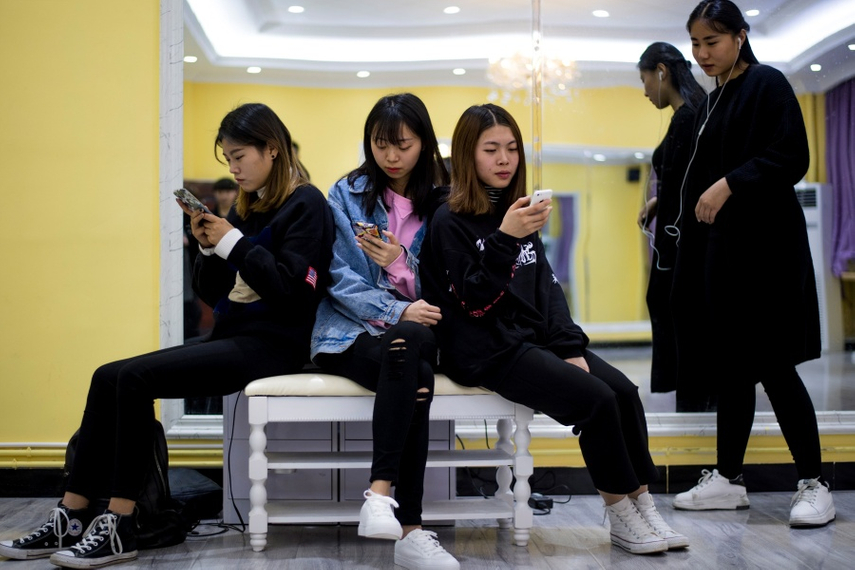
Photo courtesy Campaign Asia
E-Commerce Grew During Pandemic
European and North American consumers of luxury goods continue to express a desire for newly introduced items. Undoubtedly, Fall/Winter and Spring/Summer collections are some of, if not the most, sought after pieces. Waitlists frequently number into hundreds of hopeful clients. The rise of popular social media outlets like TikTok and Instagram now have influencers and consumers alike waiting with bated breath to review, discuss and showcase their new pieces off the runway. In fact, some of the most common videos now featured on YouTube are luxury handbag and apparel unboxings, runway reaction videos and purchasing vlogs. It is evident that Western market consumers, regardless of age, still enjoy being the first of few to be in possession of coveted designer pieces.
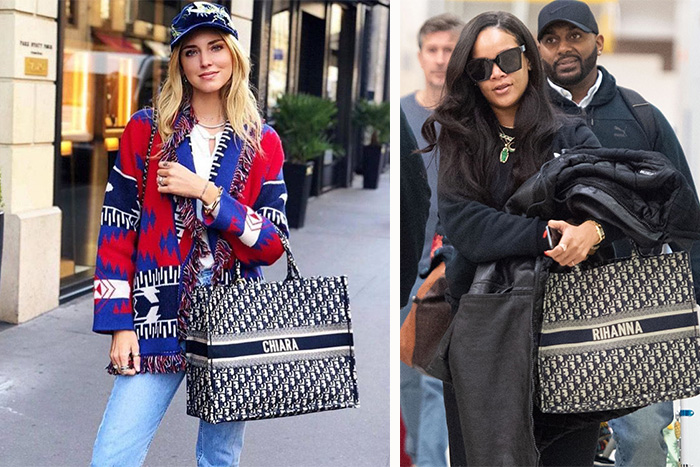
Photo Courtesy Avenue One
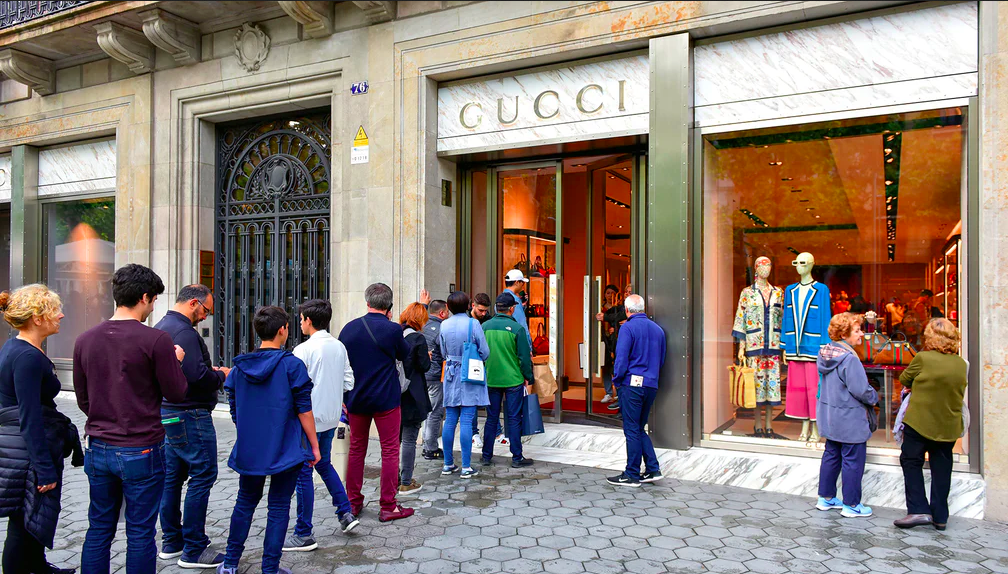
Photo Courtesy Business of Fashion
This could not be further from the truth of the emerging trends of young Chinese consumers, with the new crop of buyers now leaning towards a different kind of luxury. Rather than chase the hottest new items of the season, Chinese consumers are turning the luxury game into more than fashion and design: they are becoming business savvy investors in their own right. Purchase preferences have been migrating to classic items that retain, and even increase, in value. Moreover, a well-known brand name, is no longer going to cut it for these young consumers. Chinese youth are basing their purchases off a “beauty versus brand” mentality, and are in pursuit of items featuring greater craftsmanship, quality, aesthetic and the heightened exclusivity that comes with being produced in limited quantities.
Young Chinese Consumers Are Looking at Vintage
A recent analysis by Alibaba subsidiary TaoBao found that between January and October of 2020, millennial spending on limited edition luxury items increased a whopping 300- 400% on average! More unique and quirky items, with styles and designs that are no longer easy to come by, and specific to certain designers and eras, are at the top of the luxury buyer’s list in China. This sets the stage for an ideal introduction of a niche market that has long been overlooked in the eyes of Asian consumers- second-hand vintage luxury
Alooooooha Vintage, one of China’s oldest vintage stores, has been able to attest to the increased intrigue in the second-hand market by luxury consumers. Last year, the outlet saw the price of a Fendi classic, the baguette bag, skyrocket from just over $154 to almost $1000.
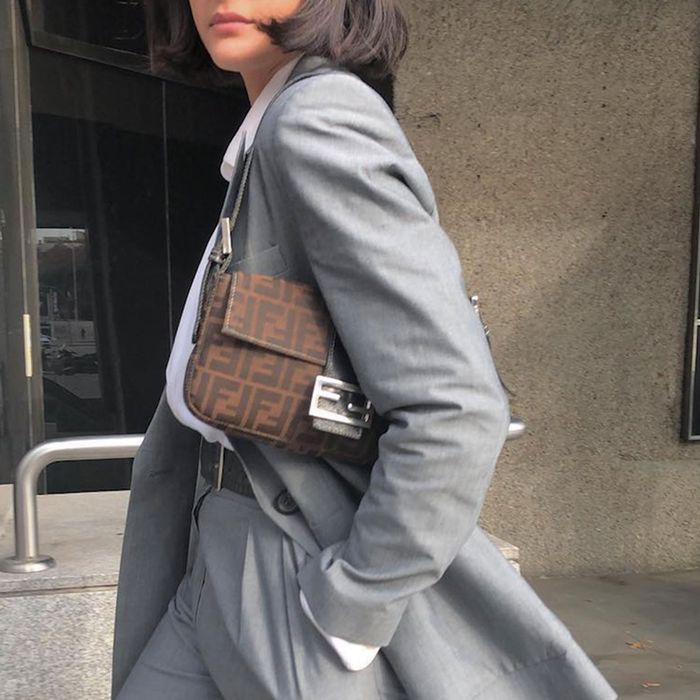
Photo Courtesy Who What Wear
Without a doubt, the age of influencers and celebrity brand ambassadors has hugely impacted the way we shop today. As consumers, we are more inclined to show interest in an item, and even purchase it, when featured on our favorite celebrities. Within the context of vintage, celebrities sporting such pieces now are viral sensations on apps like Weibo and WeChat, platforms increasingly popular in China.
One point left to be discussed is what exactly is vintage, or rather, what is considered vintage now? Luxury connoisseurs define vintage goods as those that are extremely well crafted, period inspired and no longer produced, at two decades old, and in classic style. Old meets new when the world of vintage merges with online channels and the increasingly diverse market share they penetrate.
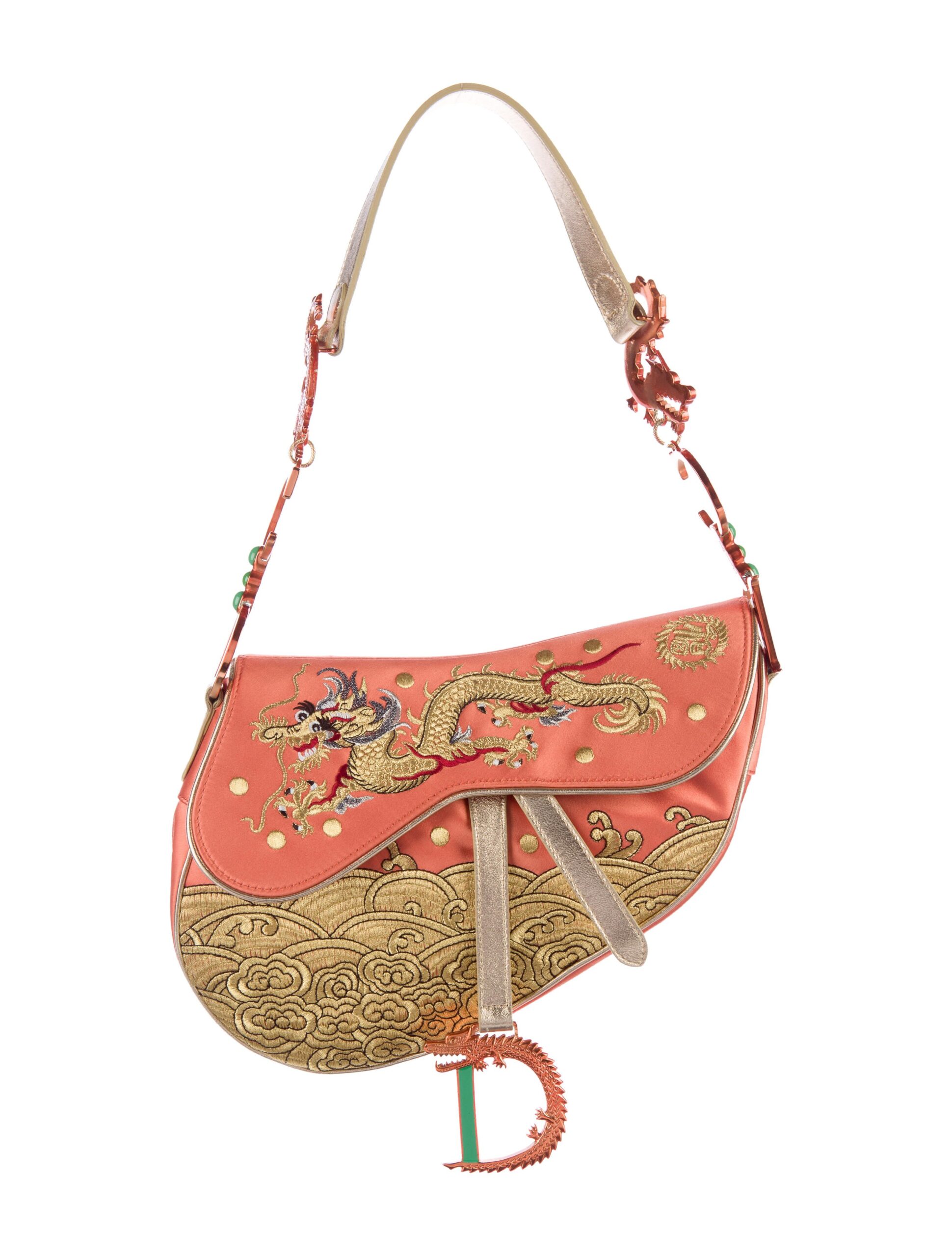
Photo Courtesy Pinterest
With the majority of pandemic period sales taking place online, second-hand and vintage sellers thrived with a digital presence. Contrast this to pre-COVID where most stores were physical businesses partaking in face-to-face transactions. With the ability to capitalize on the increasingly active online presence of young consumers, sellers are highlighting vintage like never before.
sellers are immeasurably raising vintage culture awareness through online marketing, opening up a new market to young people
-Ashley Galina Dudarenok, Jingdaily
Despite being one of the world’s largest consumers for luxury goods, the Chinese market is also one of the largest producers of fakes. Oftentimes, shops sell both genuine and fake goods side by side and so the issue of authenticity cements itself as a quintessential challenge for luxury vintage and second hand sellers. Businesses are now venturing into partnerships with certified authenticators such as the CCIC (China Certification & Inspection Co. Ltd) in order to provide consumers with the assurance that their purchases are not only authentic, but true vintage
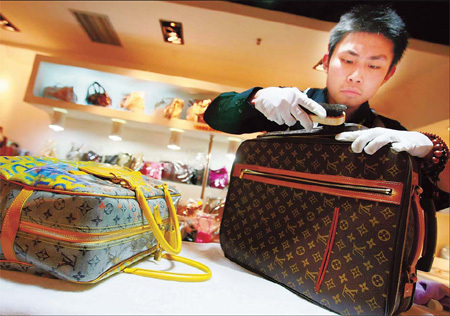
Photo Courtesy Jing Daily
The vintage and resale market in China is at the beginning of an upswing, poised to position itself as a significant sector in the luxury market. With an influx of millennial shoppers and shift in the consumption habits of these individuals, the potential for this industry is as limitless as it is exciting. For fashion lovers and business minded individuals alike, the second hand and luxury vintage market in China is definitely one to watch closely…
Read related articles:
Love PurseBop
XO
Updated: May 3rd, 2021



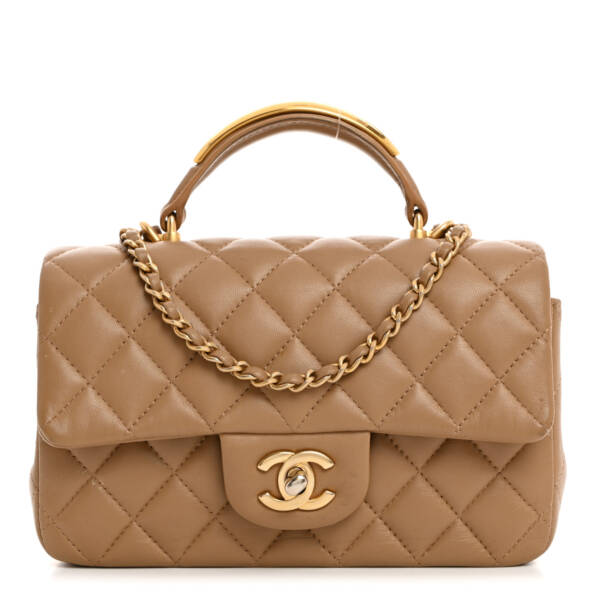
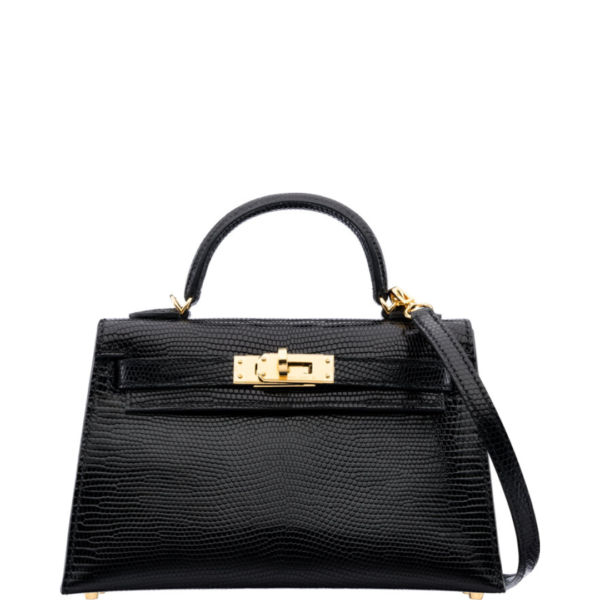
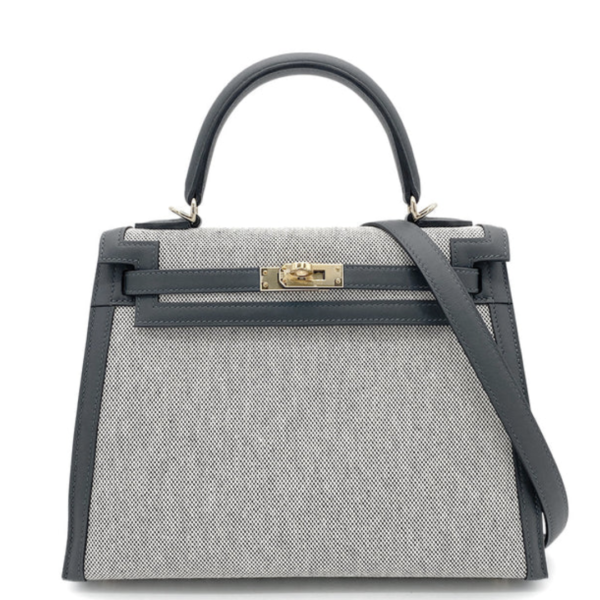
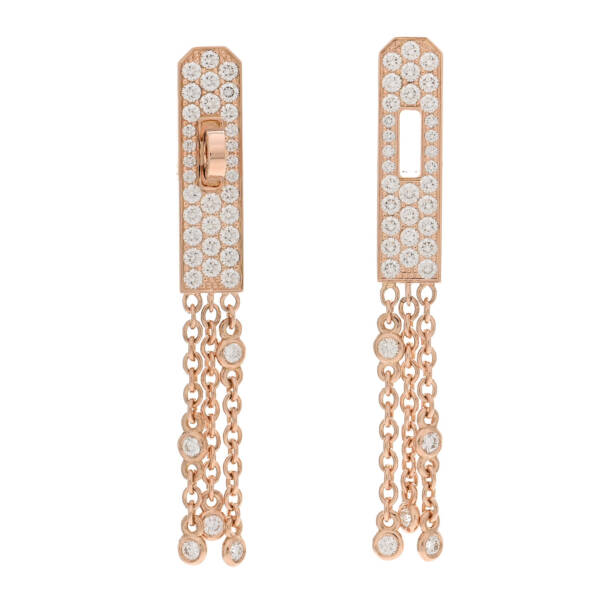
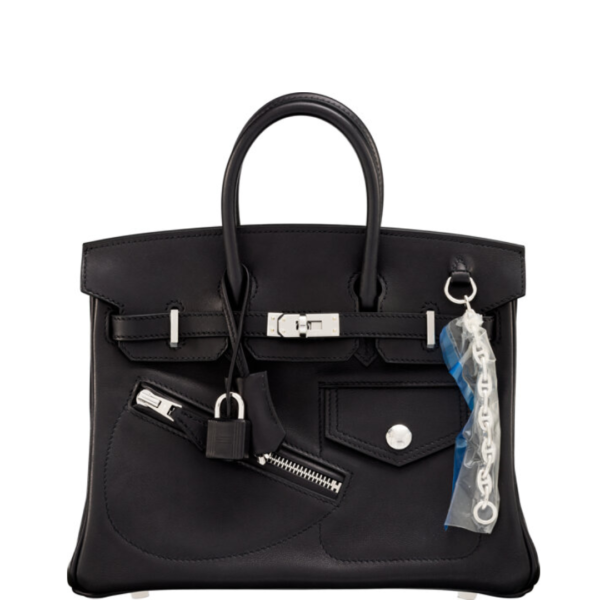
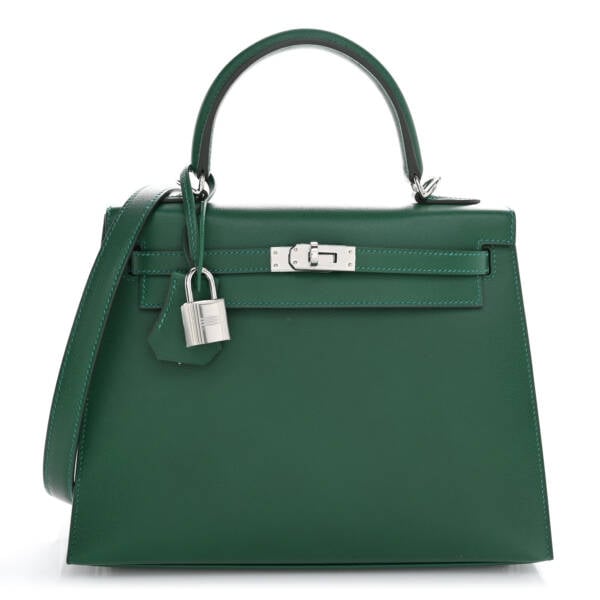
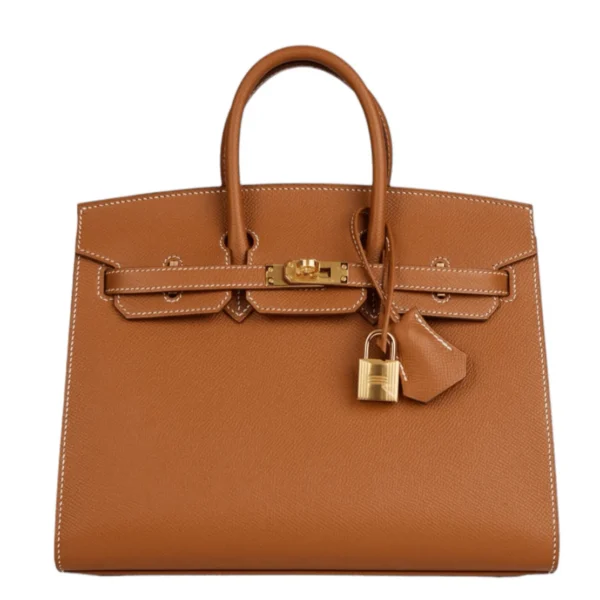
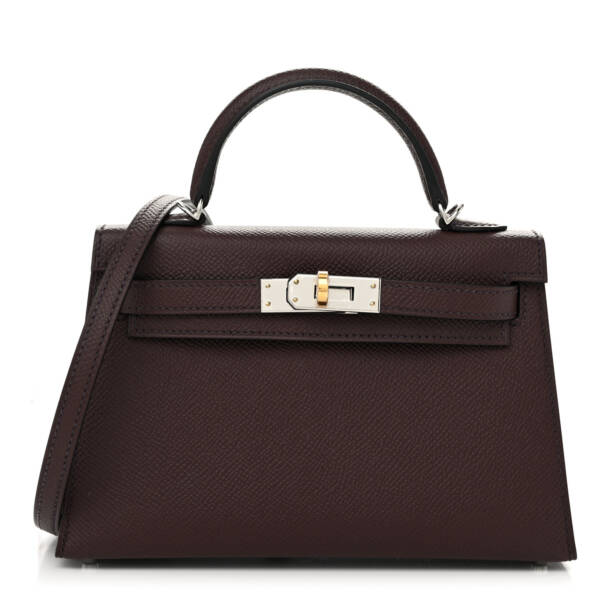
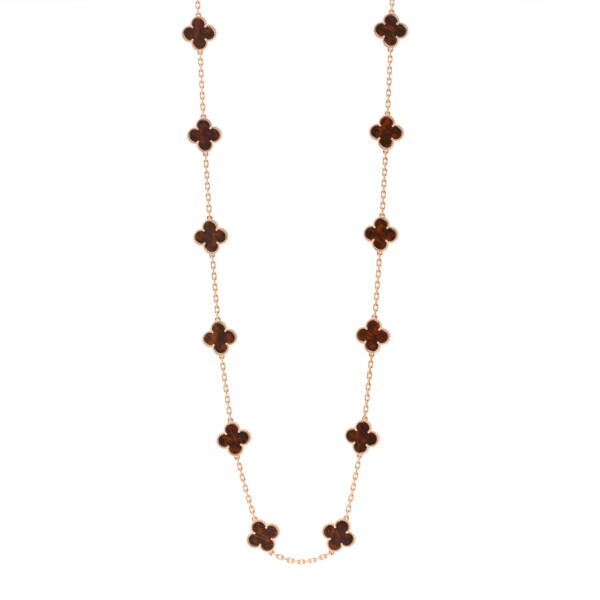
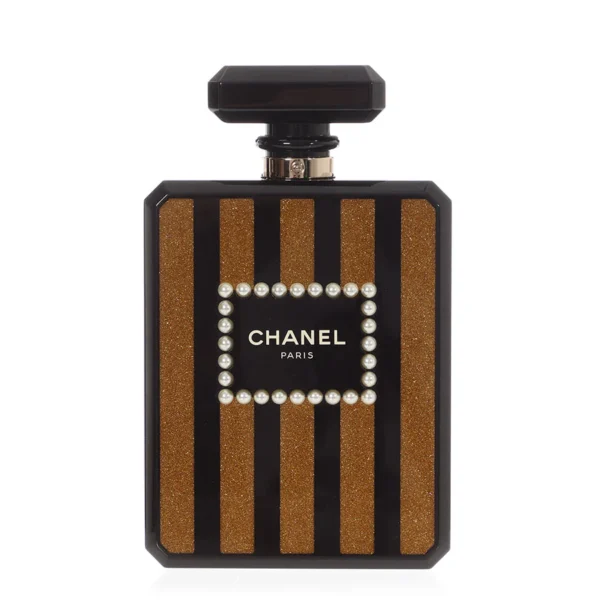


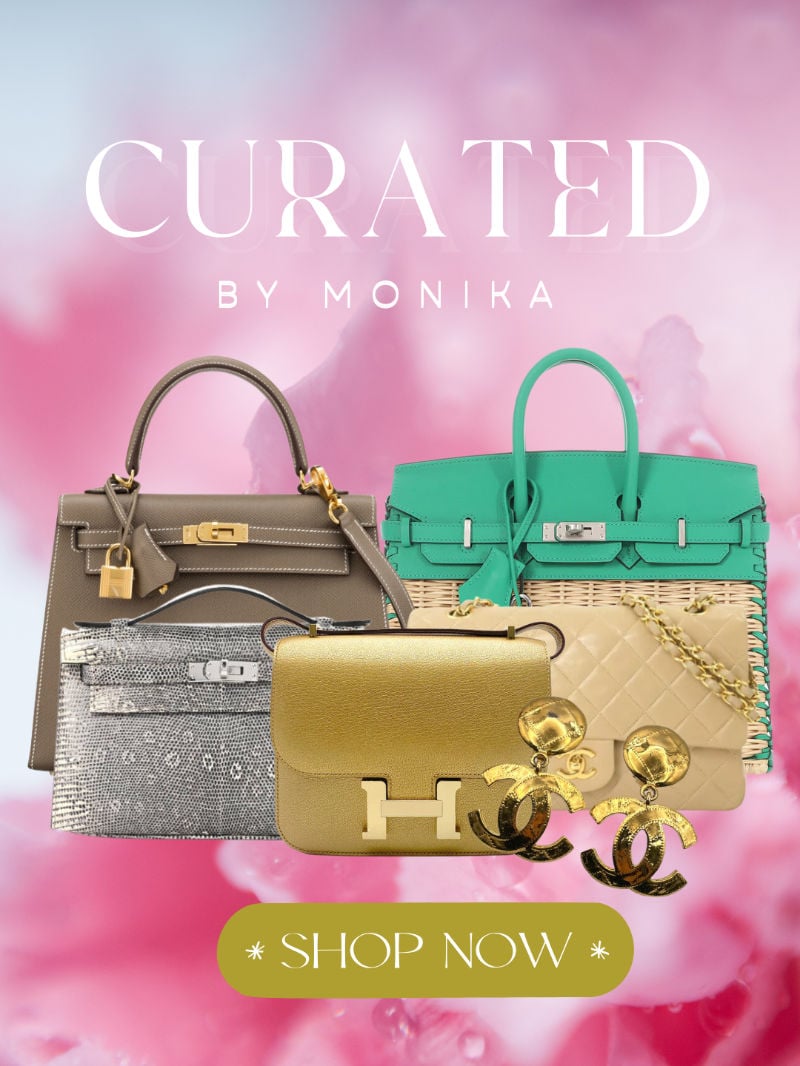
Comments